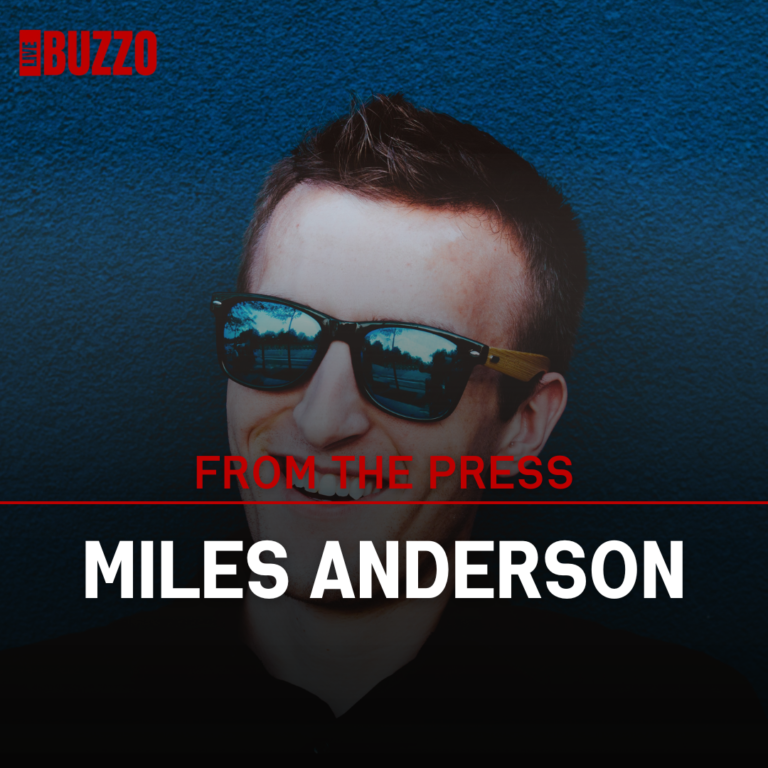From the Constitution to the Classroom: Unpacking the Firearms Debate
The firearms debate in America today is more than just a topic of political discussion; it’s a multifaceted issue interwoven with historical, cultural, and social threads. As journalists like myself, Miles Anderson, delve into this intricate narrative, we must explore the origins of our Second Amendment rights and how they ripple through modern society, particularly in the educational realm.
Understanding the Foundations: The Second Amendment
The Second Amendment of the U.S. Constitution states, "the right of the people to keep and bear Arms, shall not be infringed." This foundational law is often cited in arguments for and against gun rights. To unpack its implications, one must recognize its historical context: drafted in an era when personal militias were essential for defense, the amendment has evolved in meaning, becoming a bedrock of American identity for many champions of gun rights.
The Debate Heats Up: Cultural Dynamics
In contemporary discussions, the firearms debate is often polarized, igniting passion on both sides. Advocates for gun rights firmly believe in the necessity of self-defense and the preservation of constitutional liberties. Conversely, those campaigning for gun control emphasize the need for safety, especially in our schools, where the sanctity of educational environments is paramount.
As serial gun violence incidents continue to haunt American communities, many grassroots movements are emerging, urging lawmakers to consider stricter gun regulations. These efforts reflect a broader cultural shift, wherein individuals from diverse backgrounds band together to demand meaningful change, embodying the spirit of activism our communities need.
From School Grounds to Community Conversations
As the discussion migrates to classrooms and campuses, the realities of the firearms debate become even more pronounced. Schools across the nation grapple with the implications of gun violence; it is a heartbreaking irony that institutions meant for nurturing young minds must now also serve as battlegrounds in this ideological warfare.
Grassroots initiatives are popping up, advocating for safe spaces and educational programs focused on conflict resolution, emotional intelligence, and community building. By empowering students and teachers alike, we can start to dismantle the culture of fear associated with firearms in schools, making education a sanctuary rather than another layer of confrontation.
Creative Expression and Dialogue in the Public Sphere
As a hipster journalist, I understand that cultural commentary and creative expression play pivotal roles in shaping the conversations surrounding firearms. Noted authors, filmmakers, and artists are exploring these themes through various mediums, sparking essential dialogues about the important intersection of art and activism. Creative works often highlight the personal stories behind the statistics, emphasizing the nebulous gray areas that characterize this complex subject.
The Road Ahead: Balancing Rights and Safety
Navigating the firearms debate requires a nuanced understanding that respects constitutional rights while prioritizing community safety. It’s a delicate balance, one that requires conversations rooted in empathy and informed by lived experiences.
By amplifying the voices of those affected—families impacted by gun violence, educators navigating new policies, and activists advocating for change—we can work towards a more equitable dialogue. An inclusive conversation fosters a healthier society, where the right to bear arms is considered alongside the right to education free from fear.
Conclusion: A Call for Engagement and Reflection
From the Constitution to the classroom, the firearms debate is a call for engagement that transcends ideology. By championing cultural authenticity, grassroots activism, and social equity, we ensure that the discourse surrounding firearms is robust and reflective of the diverse tapestry of American life. Let’s embrace this opportunity to nurture communities grounded in understanding, respect, and a shared commitment to shaping a safer future for all.
In exploring these themes, we honor the essence of journalism—amplifying the voices often overlooked in mainstream narratives—and continue the important work of crafting a society that prioritizes both rights and responsibilities.


